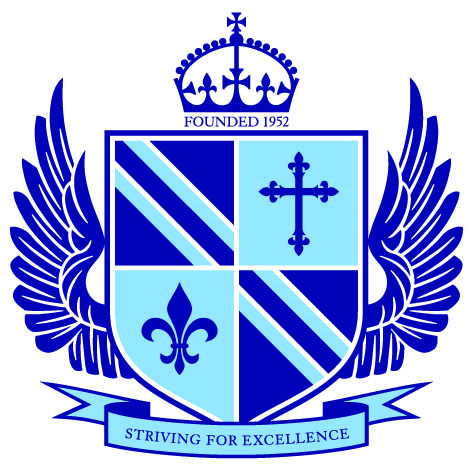Computer Science A Level
SPECIFICATION LINK: 7517
TITLE: AQA Level 3 Advanced GCE in Computer Science (601/4569/9)
COURSE INFORMATION
- Programming – imperative procedural-oriented, OOP, recursive techniques
- Data structures – arrays, lists, dictionaries, hash tables, queue, graph, tree, stack, vector, fields, records, files (text & binary)
- Algorithms – traversal, search, sort, optimisation
- Theory of computation – abstraction, automation, FSM with and without output, language hierarchy, complexity, Turing machines
- Data representation – number systems/bases, information coding systems, encryption
- Computer systems – logic gates, Boolean algebra, program translator types, classification of programming languages, system software
- Computer organisation and architecture – machine code/assembly language, CPU, internal components of computer, external hardware devices (limited range)
- Consequences of uses of computing – software and their algorithms embed moral & cultural values, issue of scale brings potential for great good but also ability to cause great harm, challenges facing legislators
- Communication and networking – communication methods/basics, network topology, wireless, the Internet, TCP/IP, CRUD applications and REST, JSON, JavaScript
- Databases – data modelling, relational database, SQL, client server databases
- Big Data – volume/velocity/variety, fact-based model, distributed processing and functional programming
- Fundamentals of functional programming – function type, first-class object, function application, partial function application, composition of functions, map, filter, reduce, lists
- Systematic approach to problem solving – skills needed for Paper 1 and NEA
- Non Exam Assessment - The computing practical project
ASSESSMENT STRUCTURE
A-level: Content and skills for Paper 1
An on-screen examination that tests a candidate’s ability to program, as well as the theoretical knowledge of Computer Science from the following topics:
- Fundamentals of programming
- Fundamentals of data structures
- Fundamentals of algorithms
- theory of computation
Focuses on the designing, writing and testing of programs
Available in a wide range of programming languages (C#, Java, Pascal/Delphi, Python (2, 3), VB.Net)
A-level: Structure of Paper 1
- Prior to the exam, candidates issued with Preliminary Material, the Skeleton Program, and, where appropriate, test data for use in the exam
- This material will be made available in centres in the autumn term of the second year so that centres have time to prepare students for the exam without it interfering with NEA
- Students answer series of short questions and write/adapt/extend programs in an Electronic Answer Document provided by AQA
- Based on the current model that has been successfully used by AQA at AS for several years
- Includes synoptic and extended response questions
A-level: Content and skills for Paper 2
- Tests a candidate’s ability to answer questions on the following topics:
- Fundamentals of data representation
- Fundamentals of computer systems
- Fundamentals of computer organisation and architecture
- Consequences of uses of computing
- Fundamentals of communication and networking
- Fundamentals of databases
- Big Data
- Fundamentals of functional programming
A-level: Structure of Paper 2
- Compulsory short answer and extended answer questions
- Includes synoptic and extended response questions
A-level: Example NEA tasks
- A simulation, e.g. of a business or scientific nature, or an investigation of a well-known problem such as the game of life
- A solution to data processing problem for an organisation, e.g. membership systems
- The solution of an optimisation problem, e.g. production of a rota, shortest-path problems, route finding
- A control system, operated using a device such as an Arduino board
- A website with dynamic content, driven by a database back-end
- An app for a mobile phone or tablet
- Investigating machine learning algorithms
- Investigating an area of data science using, for example, Twitter feed data or online public data sets
ROUTES FOR PROGRESSION
Career opportunities occur in a wide variety of settings including large/ small software companies, large/small computer services companies, and large organisations of all kinds.
Future career opportunities include:
- Database administrator
- Games developer
- Information systems manager
- IT consultant/educator
- Interface design
- Mobile computing
- Multimedia programmer
- Network engineer
- Systems analyst
- Systems developer
- Quality Assurance (System Testing).
